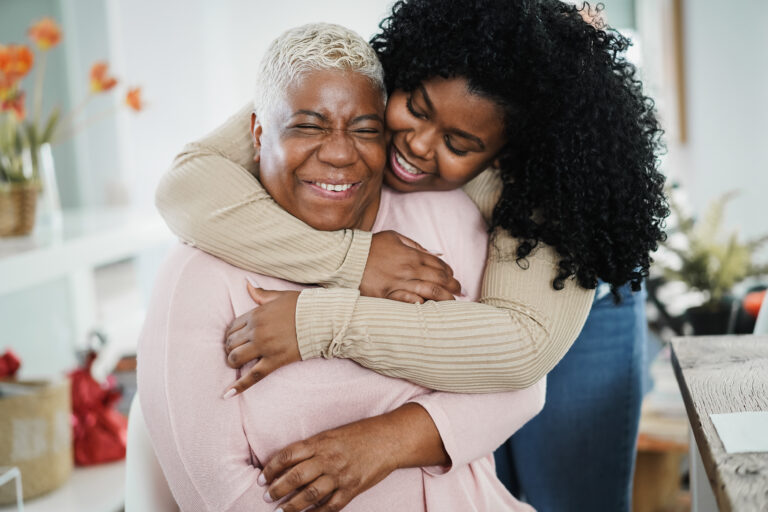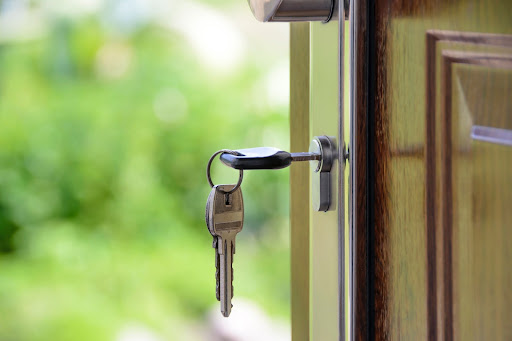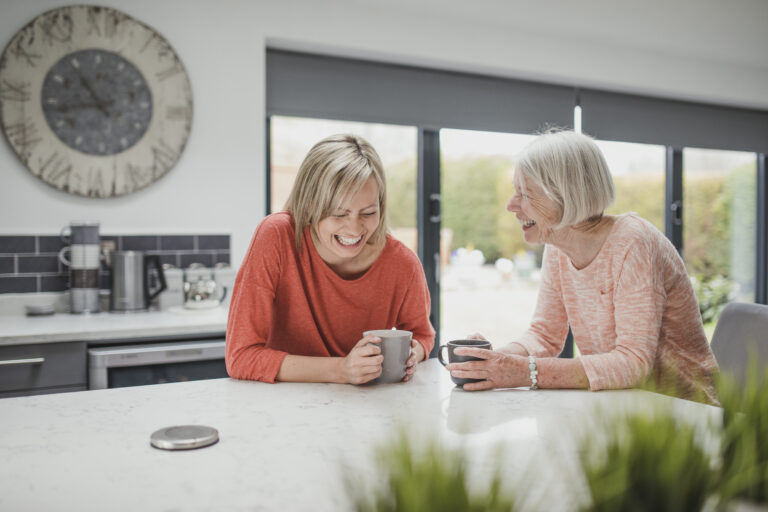
A Passive Remote Monitor of Elderly Parents That Works Better Than Any Camera
Caring for an aging parent is hard. You want them safe at home without compromising their privacy. That’s why many families look for a Remote
envoyatHome is committed to caregivers of older adults aging in place. Featured in Kiplinger, Fortune, National Council on Aging, and aginginplace.org, envoyatHome is a solution for caregivers that delivers full time, affordable senior care for the digital age. You can reach us at info@envoyathome.com or 856.681.0076.

Caring for an aging parent is hard. You want them safe at home without compromising their privacy. That’s why many families look for a Remote

When families think about tech for aging in place, they often worry about one big thing: taking away their parent’s independence. Nobody wants Mom to

Do You Use a Passive Remote Monitor for Seniors? Caring for an aging loved one is filled with decisions — and many of them come